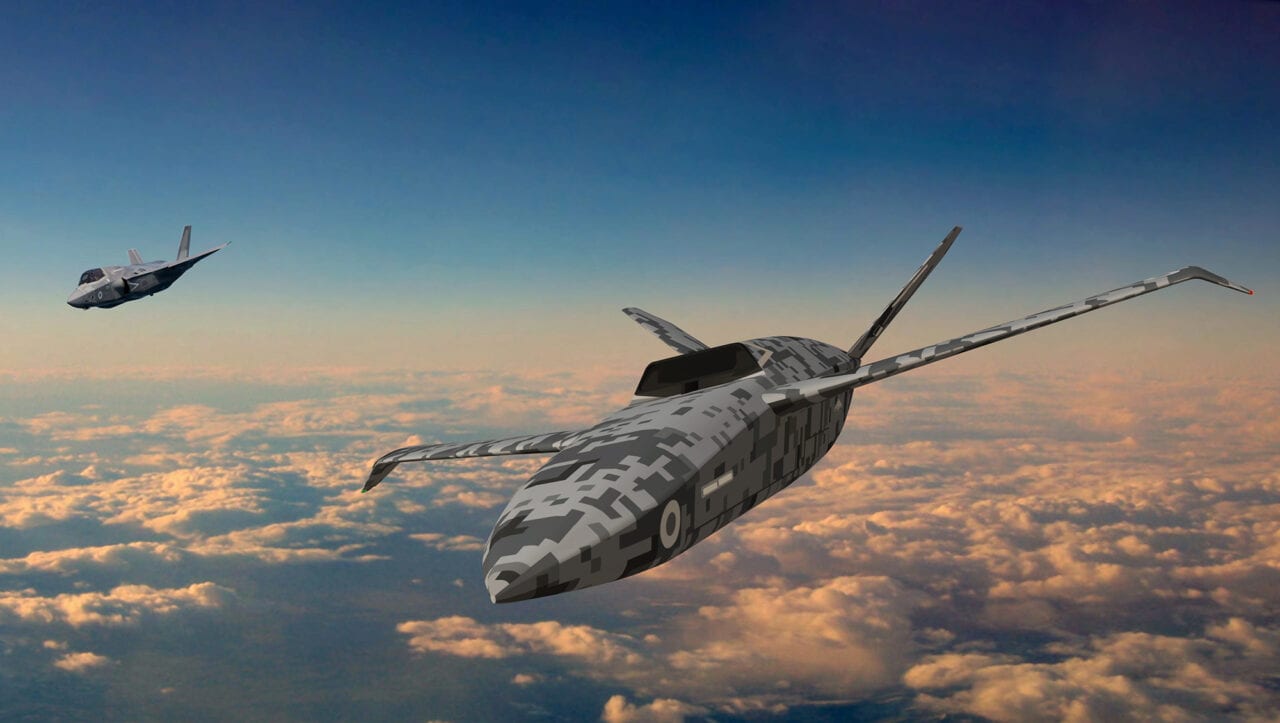For those of you wondering what Loachman and I are jabbering about, the Canadian Aviation and Space Museum has a very good research article with lots of photos about the
Sperwer to compliment the exhibit which they have on the floor. It covers the project from the earliest deployments in 2003 until it exited service.

Excellent article, and I'll be going through it in detail.
The photograph on page 18/35 shows my last launch, from the Robonics launcher. It was a much better launcher than the original. A lot of people came out for the occasion, and then-Col Chris Coates was in the box with us for a bit. Sadly, it was a routinely boring flight.
Note the lack of the "OLOSP", SAGEM's name (they had some bizarre terminology, and none of us bothered with the weird full names, most of which were French; it was also referred to as the "payload") for the thermal imager and daylight camera ball in the photograph of 161001 on page 22/35. It was destroyed in the launch crash that I described in my last post.
From the "CU-161 SPERWER FLEET DISPOSITION/SUMMARY" beginning on page 26/35:
161001 - I don't remember the "engine kill button" being pushed "inadvertently". I heard one of the launch crew guys call for cancellation over the radio. I don't remember why. I'll have to look at my "war diary" to match up other events around that time.
There was a period where we could not get quite the engine RPM up to the point required for launch, and we could only hold it at full throttle for a very short period of time. I was on the verge of cancelling a few times, when the RPM suddenly increased at the last possible second. A cancelled launch would impose long delays - if we had another AV ready to go - or a mission loss, and usually a scarce muffler. We never found a cause. Every serviceable AV was affected. We had every fuel test done that was available. The only one that we could not have done was octane level, and this beast required a higher-than-normally available octane level. After a week or two, the problem just evaporated.
We had a similar problem with HNS (Hybrid Navigation System) units passing ground checks, failing during launch checks, being undiagnosable and passing subsequent ground checks only to fail on the next launch attempt. Old units were swapped for new, and between AVs, but no specific fault could be found. And then, after a couple of weeks, we suddenly had no further HNS problems.
My theory was that these things had an ability to communicate and spitefully conspired between themselves.
Edit, after reading through the article at a more leisurely rate: Page 19/35 "the vehicle again suffered further Category “B” damage on 01 November 2008, when the “engine-kill” button was inadvertently pushed during the launch sequence.
The air vehicle was then again repaired. It never flew again. The "repairs" were only cosmetic, and, as previously mentioned, six broken propeller blades were spliced together to make two three-bladed propellers which were stacked and installed on the dead machine as a joke. Propellers were oak, and designed to shatter upon striking the ground in a less-than-ideal landing thus preventing transmission of the impact to the engine. The stacked two-bladed propellers were supposed to stop in an "X" position upon engine shut-down so that the tips would be a little higher on touch/smash-down, but would frequently stop in an "
+" position, breaking the one pointing down. We had tri-walls of broken blades hanging around.
161002 - I mentioned this one previously as well. We got the first Robonics launcher while in Wainwright. It was much lighter than the original SAGEM one, could fold up and pack into a twenty-foot sea container, did not require the water-bag brake on the catapult (a real plus in Wainwright in winter), could be set for variable launch weights, and was much quicker to change launch heading whenever the wind opted to move out of limits. That early version had a few problems, though, like shearing rivets. On the crash mentioned, the AV cradle only went about halfway along the rails and then seized, still managing to fling the AV off into the air. Lacking the necessary speed, though, the AV descended slightly, shattering the oaken blades as described. Fortunately, the launcher was on a gentle hill, and the AV hit downslope in about a foot of snow, limiting damage and probably helping to prevent a ruptured fuel tank. It was returned to us in theatre.
161004 - this was one of the last two flown. I can't remember if I had that one for the final flight or a different one, but will check my log book.
161006 - "but the airframe was later stripped by locals"... That may have been the one/one of the ones where guys bought parts back from village market(s) - yes, we were that short.
161016 - This one was returned to us in theatre and was, I believe, the one with the inverted wing that I mentioned.
161017 - I signed for that one, and did not sign it back in. One of two engine cylinders failed, resulting in a significant power loss and engine RPM reduction. That was insufficient to trigger the "Engine Out" warning. Our first indication was "AV Approaching Stall Speed", which caused little concern as we often flew just a tad above stall speed to conserve fuel and extend mission duration. The standard procedure was to just bump the throttle up a little. That did not work this time, and we eventually realized that it was descending. We lost line-of-sight contact when it descended behind Masum Ghar, or another adjacent mountain. Unbeknownst to us at the time, it was still in climb attitude as it was attempting to get back up to its assigned altitude. Note that there were no conventional instruments in the GCS. Depictions only appeared on the monitor in from of each GCS crew member. Many were very small. We would have had a much better idea of what was happening were we onboard, and could see, feel, and hear - but then we, too, might have been "scavenged by locals". We had just launched and were on our way out to where we were going to be operating when this happened.
161019 - "Bang". Fortunately, the bulldozer was unmanned at the time that the little grey cruise missile slammed into it. If I remember correctly, it made a nice fireball. We were in Wainwright when this happened, and monitoring Roto 5's series of losses very closely, hoping that a couple would survive long enough for us to play with them in theatre.
161028 - This was the first one that I signed out and not back in, the day before 161017. Recovery was carried out autonomously, so that was engaged just before the AV was established on its recovery track. There was, at that point, nothing for us to do but watch the triangular AV symbol move along parallel to that track while the smaller square with a parachute symbol in its middle followed along the track. That symbol would show where the AV would land when recovery was initiated, compensated for wind. We would use that time to tidy up the inside of the GCS. Once the recovery symbol reached the recovery point, it would stop, and the AV symbol would move to meet it, while often twirling around a little beneath the parachute. This time, it continued for a bit while veering off. We didn't think much of it, because it didn't look too abnormal, until the 4 AD Ops Guy burst into the GCS and said "you know you crashed it". My response, I think, was "Fuck off. No, we didn't." The funniest part was the recovery crew (who were also the launch crew). Every launch and recovery was videotaped as that could be a major clue for the Flight Safety investigators. The camera guy was doing nicely until the parachute failed and it started tumbling, as did the camera view as everybody yelled "It's going to crash".
161031 - The third and final one that I signed out and not back in. The engine had not actually failed, but the RPM sensing system had - loose wire, if I remember correctly, and that was found on the other surviving machines as well. We could not tell, however, and did not have time to dick around before we lost it behind the electronic shadow of Masum Ghar again, so I ordered a recovery. It came back in two small boxes. Our Flight Safety guy was very nervous about going out for the recovery. "Can I have your stuff if you don't come back?" did not go over very well.
So, I just realized, we killed both the first and last Sperwers bought, plus a few in between.
I have to go back through the list for the six months before us as see how many Roto 5 wrote off. They accounted for more than we did, and we flew almost twice as many hours.
FJAG - PM me for Flickr details and access to my military photographs. I've got thousands of photographs in there, but many/most are SCA or railway ones.











